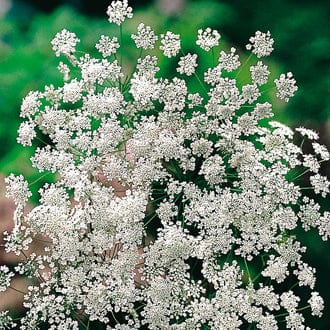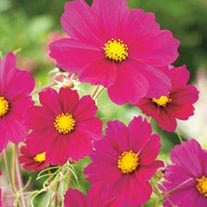How to Care for Perennial Plants



Item added to bag!
Your Basket
Spring 2026 Has Landed - Get Planning Your Beautiful Flower Garden Today
Spring 2026 Has Landed - Get Planning Your Beautiful Flower Garden Today
Spring 2026 Has Landed - Get Planning Your Beautiful Flower Garden Today
Spring 2026 Has Landed - Get Planning Your Beautiful Flower Garden Today
Spring 2026 Has Landed - Get Planning Your Beautiful Flower Garden Today
Spring 2026 Has Landed - Get Planning Your Beautiful Flower Garden Today
Spring 2026 Has Landed - Get Planning Your Beautiful Flower Garden Today
Spring 2026 Has Landed - Get Planning Your Beautiful Flower Garden Today
Spring 2026 Has Landed - Get Planning Your Beautiful Flower Garden Today
Spring 2026 Has Landed - Get Planning Your Beautiful Flower Garden Today
4 For 3 On ALL Seeds

£3.59

£3.59
Your basket is empty
Continue shoppingTaxes included. Shipping calculated at checkout.


Most flower plants have their own set of specific needs and requirements when it comes to growing, so we would always advise checking the label for details on how to care for your chosen perennial plants. We’ve no doubts that you can find perennials to suit all growing conditions, whether you’re working with shaded areas or chalky soils.
You’ll find that perennial plants like Dianthus plants and Geranium plants, amongst many, many others, will happily thrive in both full sun and partial shade, so long as they’re planted in well-draining soil, and are given the correct amount of moisture.

Whilst watering is the most obvious means of caring for your perennial plants, it isn’t required as frequently for some as it is for others. When first planted and throughout their first year, we recommend regular watering to promote good establishment, but past that point, most perennials will not need watering until the warmer months of the year during dry spells.
Whilst Lavender plants don’t require as much water, other perennials prefer a more consistent amount of water. As we said, every perennial is different - so be sure to check your chosen flower’s specific growing instructions to be certain. Think about where your plant species originates from, as this will give you a clue about the conditions in which it thrives.

If you’ve planted your perennials in borders, your perennials will benefit from an annual mulch as this helps to retain moisture and continues to feed the plants, as well as keeping the weeds at bay! If you’re planting in poorer-quality soil, your perennials will benefit from annual feeding every spring, too. We’d also recommend adding slow-release feeds to your containers to promote plant health during the growing season.
As with all of your plants, weeding is an important way to maintain the appearance of your arrangements and ensure that your plants can achieve peak growth and vibrance. In order to prevent weeds from scattering their seeds, be sure to weed regularly.
Taller perennials can benefit from staking to uphold their stems. This is especially productive for heavier flowered plants and can benefit the appearance of your displays. We’d recommend adding stakes in late Winter or early Spring so that they’re hidden as the plants grow. Hazel pea sticks give cottage gardens an artistic feel, whilst metal plant supports give elegance to a cut flower garden design.
Not all varieties of perennial plants are hardy and may need to be overwintered to survive the frosts. Tender perennials like Dahlia plants benefit from being brought inside during winter and replanted in the Spring once the risk of frost has passed. Whether in your conservatory, greenhouse or on your windowsill, when kept warm, certain perennials will stand a much better chance of surviving the dark and frosty winter months.
Now that you know how to care for perennial plants, it’s time to order your own from Johnsons today. We stock perennial seeds, perennial bulbs, and plants, so choose whatever integrates best into your growing space. At Johnsons, we’re proud to offer a stunning selection of premium products to bring life to your garden. So, if you’re a colour lover looking to improve your displays, you can rely on us to deliver.
Find our favourites in one place with our most very best flower plants.
Enjoy the beauty of growing from seed with our premium flower seeds.
Find out the latest on all things Johnsons when you join our email list!
By clicking Sign Up you're confirming that you agree with our Terms and Conditions.